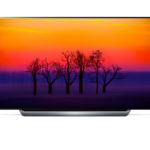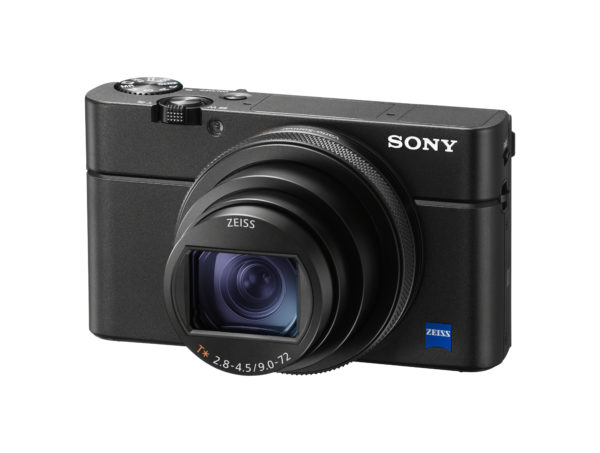
In a blink of an eye, three years have passed since I tested Sony’s premium compact camera, the RX100 IV.
Back in 2015, a premium compact camera like the RX100 was still too good for smartphones to match. Today, however, the big question is whether the RX100 VI can hold off the challenge from vastly improved smartphones.
There are some changes in the latest version while some important components remain the same.
On a body that looks similar to the fifth version, you will find the same controls, tiltable screen, ISO 125-12800 range and 4K video shooting. Yes, you also get the same 20.1-megapixel 1-inch sensor.
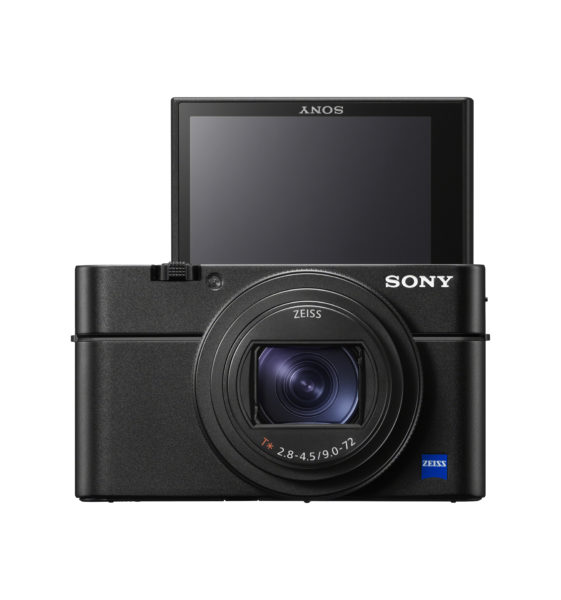
What has changed is the lens attached to the camera. The RX100 V has a f1.8-f2.8 zoom lens while the RX100 VI has downgraded to a f2.8-4.5 zoom lens.
Unfortunately, this makes it tougher to shoot dimly-lit scenes handheld if you use a lower ISO setting for less ISO noise. In other words, harder to get a less grainy shot at night.
On the plus side, the new lens has a much longer 24-200mm equivalent zoom over the 24-70mm zoom in the older models. If given a choice, I will still choose to have a more light-sensitive lens as I can shoot in more challenging scenes.
In the new RX100, the viewfinder gets an upgrade. It can now fully deploy automatically instead of the semi-auto mechanism in the previous models.
So, no more pulling the viewfinder out from its recessed position within the housing. That’s surely faster to get a shot using the viewfinder.
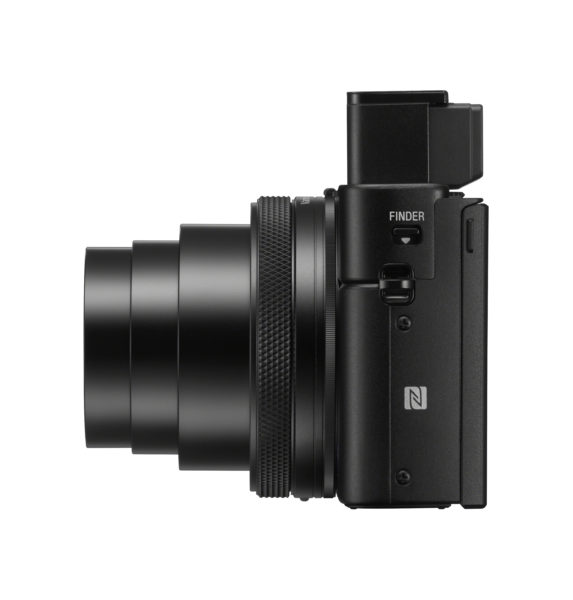
Another upgrade is the rear screen, which is now touch-enabled so it’s easier to move between menus. After using Sony’s tedious menu with the small four-way button to navigate in the past, the touchscreen is a godsend.
Good news is, I can add my favourite settings in a My Menu page for quick access too. This is handy if touch-enabled screens are not something you like.
For folks shooting videos, the new RX100 VI has S-Log 3 and Hybrid Log Gamma (HLG) profiles. These help with High Dynamic Range (HDR) video capture and post editing.
When displaying 4K video files with HLG profiles on HLG supported HDR TVs, no further corrections are needed.

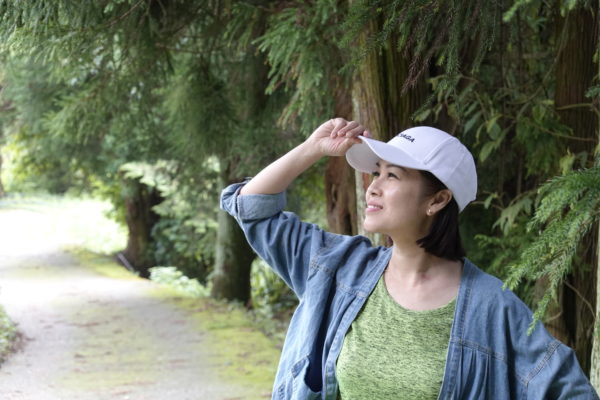
The following three images show the result of zooming in to capture a miniature Godzilla’s face.
Because of the variable aperture of the zoom lens, the lens is less sensitive to light as you zoom. As a result, the ISO has to be increased to avoid camera shake.
The downside? You get more ISO noise and images that are perceptively less sharp. I would go for more wide-angle shots while indoors and zoom in when I have enough light for the camera to use.
Using the RX100 VI, I couldn’t help thinking of the compromises. While the lens is downgraded, you get is better 4K HDR video capture with a longer zoom range.
Trouble is, the latest smartphones’ also capture high-quality snapshots and 4K videos very well. If these are the main selling points for the RX100 VI, Sony has faces a tough challenge to convince users.

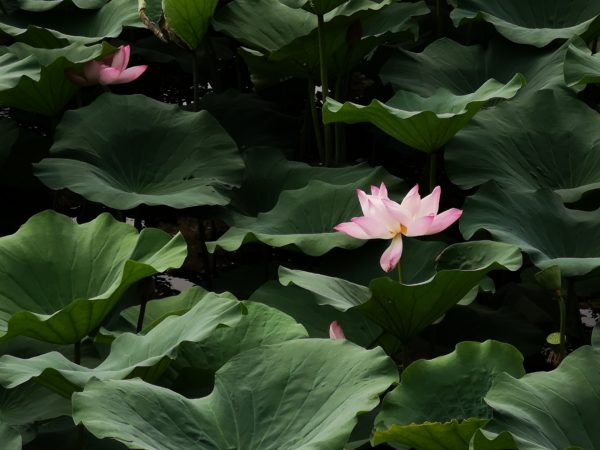
At S$1,649, the RX100 VI is on the expensive side. You have the option of going for entry-level DSLRs to premium smartphones that do much of the same job here.
Good news is, the older models for the RX100 are cheaper now and they still do a good job. If you’re looking for a compact camera and are not keen on videography, the older Mark III is a better deal at about half the price.




